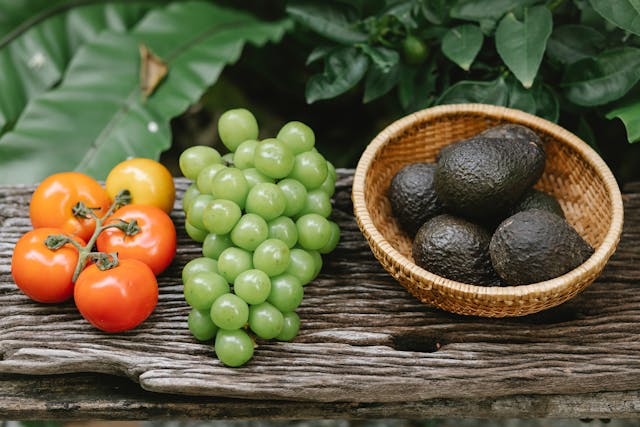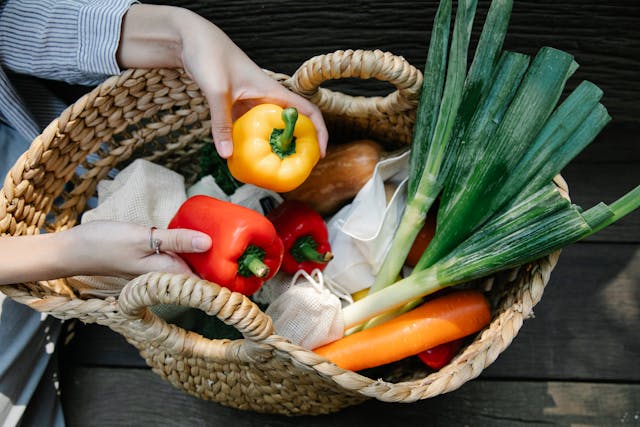Vegetable gardens may generate more produce in a variety of ways, such as by adding compost to the soil, cultivating companion plants, or making good use of pruning. But after many years of producing vegetables, I’ve discovered that one of the greatest methods to maximize the amount of food I can produce in my little garden area is to use succession planting. These are some of the greatest succession sowing techniques I’ve discovered for increasing lettuce, radishes, and other culinary crop yields.

What is Planting Successions?
Although succession planting seems difficult, it’s really a very simple procedure. Every vegetable garden is, in a sense, a succession of crops sown at various seasons and at varied rates of maturity. However, succession planting often refers to a method of planting wherein quickly maturing vegetables are seeded many times throughout the growing season to provide a continuous supply of leafy greens and other consumables from spring to autumn.
You may frequently succession sow the same vegetable seeds, depending on the plants you’re producing. Alternately, you may cultivate whole new crops or other vegetable varieties to mix things up. The most crucial factor is that crops are always growing in your soil, ensuring that your growing area is never empty.
Succession planting advantages
My first goals in starting succession planting were to maximize my harvest yields and maintain the highest level of productivity in my little area garden. Ultimately, using succession planting is an excellent method of fitting more plants into a little area. However, succession planting vegetable seeds has advantages beyond reducing space, such as:
prolonged harvests. Heat quickly bolts fast-growing vegetables, such as bok choy and dill, ruining their taste. Normally, you can only grow these plants in the spring, but you may plant them again in the middle of the spring and again in the late summer for an autumn harvest if you use succession planting.
Less weeds. Patches of exposed soil are easy targets for weed growth. However, if you consistently plant succession crops in your garden, weeds won’t have much room to spread.
more diversity. You have more opportunities to plant seeds when you use succession sowing, so you may try out several seed kinds. To experiment with diverse tastes and hues, I succession seed a variety of lettuce, radishes, and carrots.
more controllable outputs from harvest. If you’ve ever had an abundance of tomatoes or zucchini in your home, you understand the meaning of the adage “too much of a good thing.” However, if you plant your seeds in succession, you may cultivate tiny food crops all season long and have a steady supply of vegetable plants in your kitchen for when you need them.
Adaptability. Diseases and pests may appear out of the blue in vegetable plants. However, in the event that this happens, you may easily remove your damaged or ineffective crops and replace them with fresh ones.
Steps for Succession Planting
Every gardener has a particular planting style, and throughout the years, I’ve experimented with succession sowing in a variety of methods. Since then, I’ve improved my succession planting methods, which allow me to harvest crops in cold New England from mid-spring through late October (growers in warmer climes may stretch their harvests even longer). I use these easy methods to succession plant in my huge vegetable bed and delicious container gardens:

1. Cold-season crops come first.
As soon as the soil is workable, I plant my first crop of cold-hardy vegetable seeds to start the growing season. This includes leafy greens and other root vegetables that can be planted before my final frost date, along with an early harvest of radishes. I only plant veggies that I can consume in a week or two to avoid having too many in my kitchen at once.
2. Plant every two weeks.
I know that the cold-hardy vegetable plants I plant after approximately two weeks will mature around two weeks after I harvest my first crop of vegetables. So, I plant another row or two of them. Before switching to succession sowing heat-tolerant crops that won’t suffer when summer comes, I may succession sow one or two more rows of cold-hardy plants, depending on when I start planting seeds.
3. In the summer, switch to warm-season crops.
Throughout the summer, I continue to plant a row or two of heat-tolerant vegetables at a time and pick them every two to four weeks. Where I had previously succession planted my spring crops, there are times when I cultivate long-season crops like tomatoes instead of doing any succession sowing over the summer.

4. Replant cold-weather crops at the end of the summer.
I start succession sowing cold-tolerant crops around the end of summer to get ready for fall, and I keep planting these resilient vegetables until early autumn. To ensure that the edible plants I’m producing will have enough time to develop before the end of the season, I double-check the directions on the seed package before planting.
